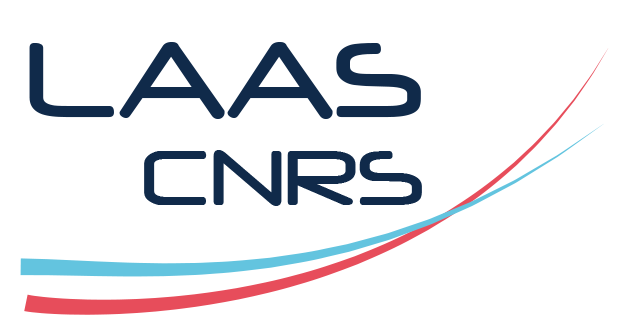Aerobars Position Effect: What is the Interaction Between Aerodynamic Drag and Power Production?
Résumé
Extensive research has been dedicated to optimizing the cyclist's position on the bike to enhance aerodynamic performance. This study aims to further investigate the aerobars position modification impact on cycling speed. Drawing from previous work (Fintelman et al. 2015), a connection is established between position adjustments and hip angle, a critical determinant of power output. Based on a 3D scan of an elite athlete on his Time Trial (TT) bike, a digital twin with upper body mobility is created. Utilizing inverse kinematics with aerobars as a root, adjustments to the aerobars position translate into alterations in the cyclist's upper body posture. These changes influence both aerodynamic drag -quantified by Computational Fluid Dynamics method (CFD)- and hip angle, directly affecting the athlete's capacity for power generation. The interplay between aerodynamic efficiency and power output is analyzed, with varying parameters such as speed and slope angle considered to ascertain the optimal aerobar position for individual athletes in a specific cycling context. Results show impactful variations in cycling speed as a function of the aerobars position, the latter having a strong influence on aerodynamic drag and theoretical power production.
| Origine | Fichiers éditeurs autorisés sur une archive ouverte |
|---|---|
| licence |





